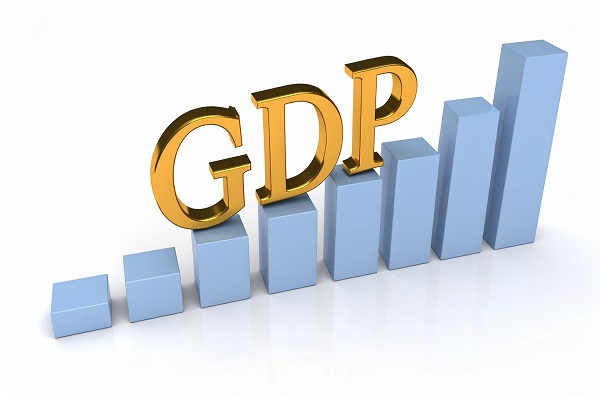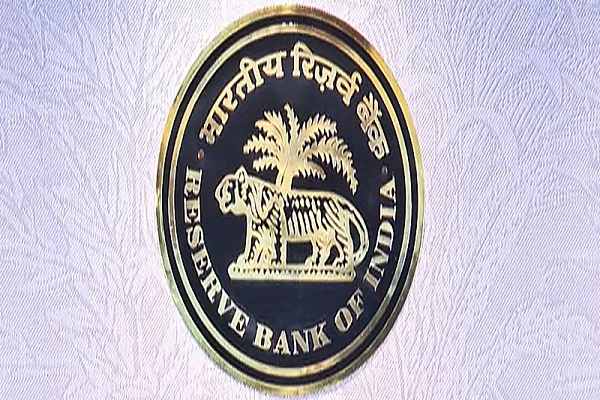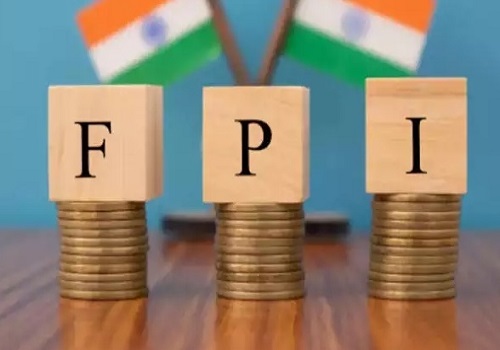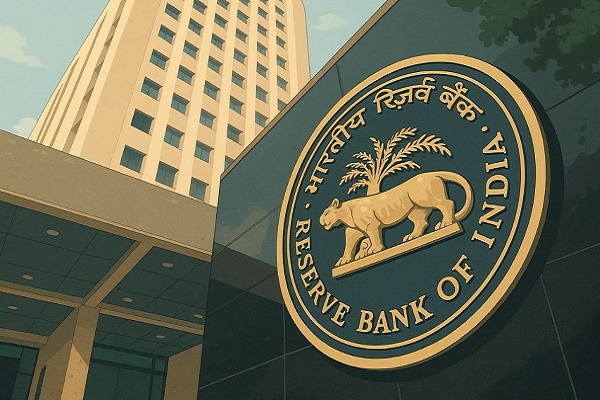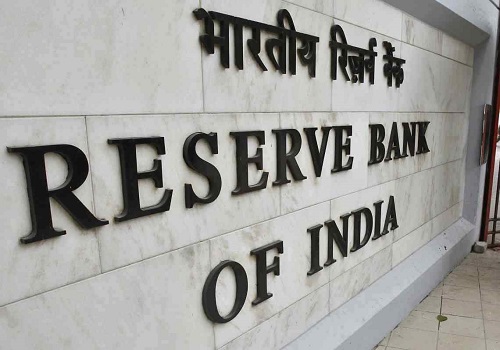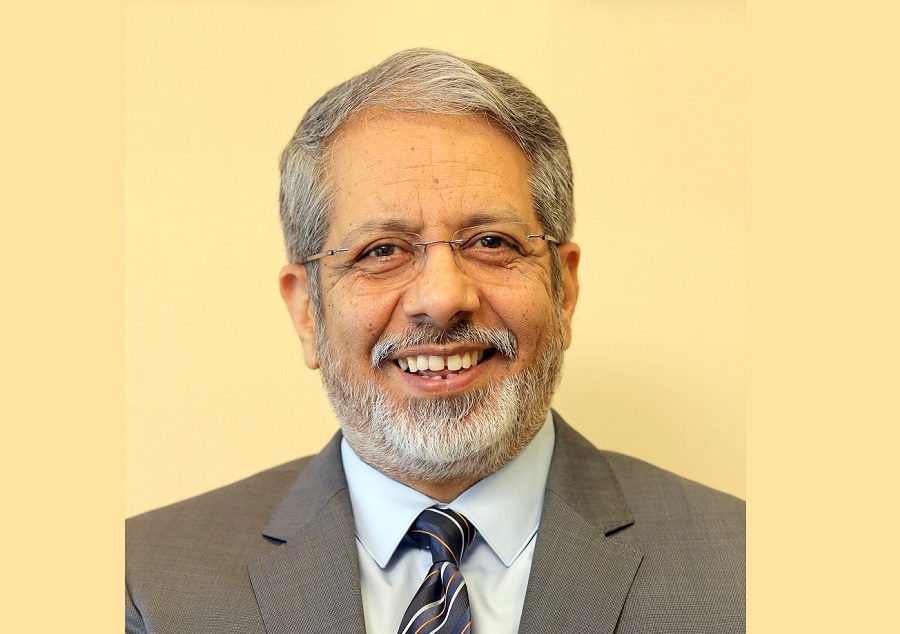Perspective on GDP Data by Mahendra Patil, Founder and Managing Partner, MP Financial Advisory Services LLP

Below the Perspective on GDP Data by Mahendra Patil, Founder and Managing Partner, MP Financial Advisory Services LLP
“Q1 FY26 GDP 7.8%: Capex + Services Power Past Global Volatility
Q1 FY26 GDP at 7.8%, well above the ~6.7% many expected, signals a superlative start to the year despite a volatile global backdrop. The print comes alongside nominal GDP growth of 8.8% and GVA growth of 7.6%, underscoring broad-based resilience.
What grew and why: Growth was anchored by services at 9.3% (with financial & professional services ~9.5% and trade/transport/hospitality ~8.6%), while the goods economy held firm with manufacturing ~7.7% and construction ~7.6%. Agriculture improved to ~3.7%, even as mining (-3.1%) and utilities (~0.5%) moderated. The sectoral mix is exactly what you would expect from a domestically driven economy firing on internal demand and investment.
Demand-side anatomy: Private consumption grew ~7.0%, fixed investment ~7.8%, and government consumption rebounded ~7.4%, while net trade was a mild drag (imports +10.9% vs exports +6.3%). In short, the home market did the heavy lifting, with investment and services momentum overpowering external headwinds.
Our tracker, using PMIs, GST, government capex, and credit growth, had flagged strength early: GST collections surged in Apr–Jun 2025; public capex spiked in Mar-25 and cascaded into Q1; credit momentum stayed firm, together pointing to an upside surprise. These indicators were actionable for preparation and positioning.
Tariffs & policy way-forward: With growth domestically led, the immediate policy priority is to protect the public-capex pipeline and keep tariffs calibrated and targeted, supporting supply-chain resilience without raising input costs for sectors like manufacturing and construction. Let the RBI stay data-dependent, preserving disinflation gains while not undermining momentum; use fiscal space to crowd-in private investment, accelerate logistics & housing, and buttress rural demand. The Q1 outcome shows that, with capex + services as twin engines, India can grow above trend even as world trade and prices wobble, provided tariff actions remain time-bound and surgical and reforms continue to lower the economy’s cost base.
Bottom line: 7.8% in Q1 FY26 vs 6.5% a year ago is not just a beat; it’s a validation of India’s domestic demand model and the capex-first policy mix, one that should be carried forward with steady hands and calibrated trade measures.”
Above views are of the author and not of the website kindly read disclaimer

